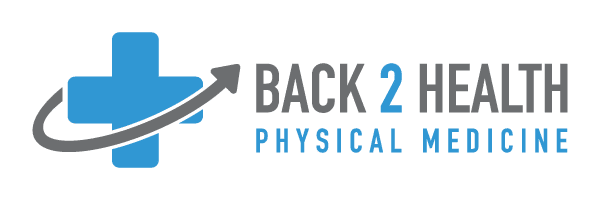Nearly every child has been told to sit up straight, but a healthy spine actually has quite an inward curve in the lower portion known as the lumbar region. However, it is not necessarily healthy when the spine curves towards the left or right side of the body, indicating a medical condition called scoliosis. Your spinal column can shift out of alignment for a wide variety of reasons. Although a majority of scoliosis cases are relatively benign, scoliosis treatment is still recommended so our team can monitor your condition and ensure that it doesn’t worsen with time, causing more serious and life altering symptoms.
What is Scoliosis?
When the spine curves sideways to the left or the right, the official name for the problem is scoliosis. This is a surprisingly common back problem that millions of children have been screened for over the last few decades. The curve can range from severe to mild, with symptoms and risks varying based on the cause. Spines of scoliosis patients often have an S or C shape to them on X-rays and other imaging tests.
Scoliosis Symptoms
The curvature of the spinal column may only be visible during a physical examination and cause no noticeable symptoms. As the curve increases, it is more likely that patients will experience:
- Uneven hip or shoulder alignments
- A dull ache around the spine
- Twisted torso or ribcage
- Difficulty breathing
- Prominent shoulder blade exposure on one side or the other
Cause of Scoliosis
Nearly half of all scoliosis cases are ruled as idiopathic, which means they have no specific cause. This can be frustrating to hear. However, idiopathic scoliosis is usually easier to treat and manage than curvatures linked to more serious causes like:
- Tumors or bone growths pushing the spine of alignment
- Cerebral palsy and muscular dystrophy
- Birth defects
- Infections of the spine or injuries to the ligaments and tendons supporting proper alignment
- Leg length inequalities that push your entire skeleton out of line
Scoliosis Risks
There are a few factors that can increase the risk for scoliosis. However, it is hard to avoid the problem since it is not linked to any particular behaviors. Seek out regular check ups to rule out back problems like scoliosis if you or your child is:
- Female – girls are more likely than boys to develop a curve
- Going through a growth spurt – fast growth can push the alignment off
- Related to other patients with scoliosis – some research suggests a hereditary link
- Going through puberty – it is relatively rare for adults to develop a serious spine curve without major injury or a tumor
Scoliosis Treatment Options
Mild scoliosis without a specific cause is usually managed over time. If there is a specific cause like a leg length issue, we may be able to restore your spine to its original straightness. We can manage symptoms with conservative options like:
- Spinal adjustment through proper stretching, traction treatments, and chiropractic adjustment
- Muscle relaxation with massage and electrostimulation
- Lifestyle changes to encourage back strength so your spine is properly supported
Invest In Observation For Your Scoliosis
Even if you have been diagnosed with idiopathic and mild scoliosis, it is best to have your condition monitored with annual check ups. A periodic visit to our Goose Creek office can help you avoid the risks of surgery. We can start a noninvasive treatment plan as soon as the condition is discovered to prevent the development of life altering symptoms. Teens and young adults just starting to notice a curve in their spine can prevent the change from affecting their appearance if they don’t let the problem grow for years.


